HOME |EXHIBITION |STAGE | REPORT
9 The Universe: Diverse Gaze into the Universe

The Universe
The vast Universe is still full of mysteries, such as black holes and dark matter. This exhibition introduces the efforts of researchers and artists exploring the unknown universe, focusing on the keywords “observation,” “experiment,” and “theory.” Visitors will experience a world where the macro world connects with the micro world of quantum physics and will be able to experience a circular structure like that of a Ouroboros.
Cosmic Observation: From Visible Light to Invisible Light
Since the invention of the telescope in the early 17th century, humanity has developed numerous technologies for observing the universe. In the years that followed, optical telescopes, which capture visible light (wavelengths that can be detected by the human eye) arriving from space, continued to evolve. By the 20th century, new types of telescopes were able to detect wavelengths beyond human vision, including radio waves, infrared, ultraviolet, and X-rays. Observation has also extended beyond the earth’s surface, with the development of space telescopes operating outside the atmosphere and spacecraft that can land directly on celestial bodies such as the moon to undertake close study.
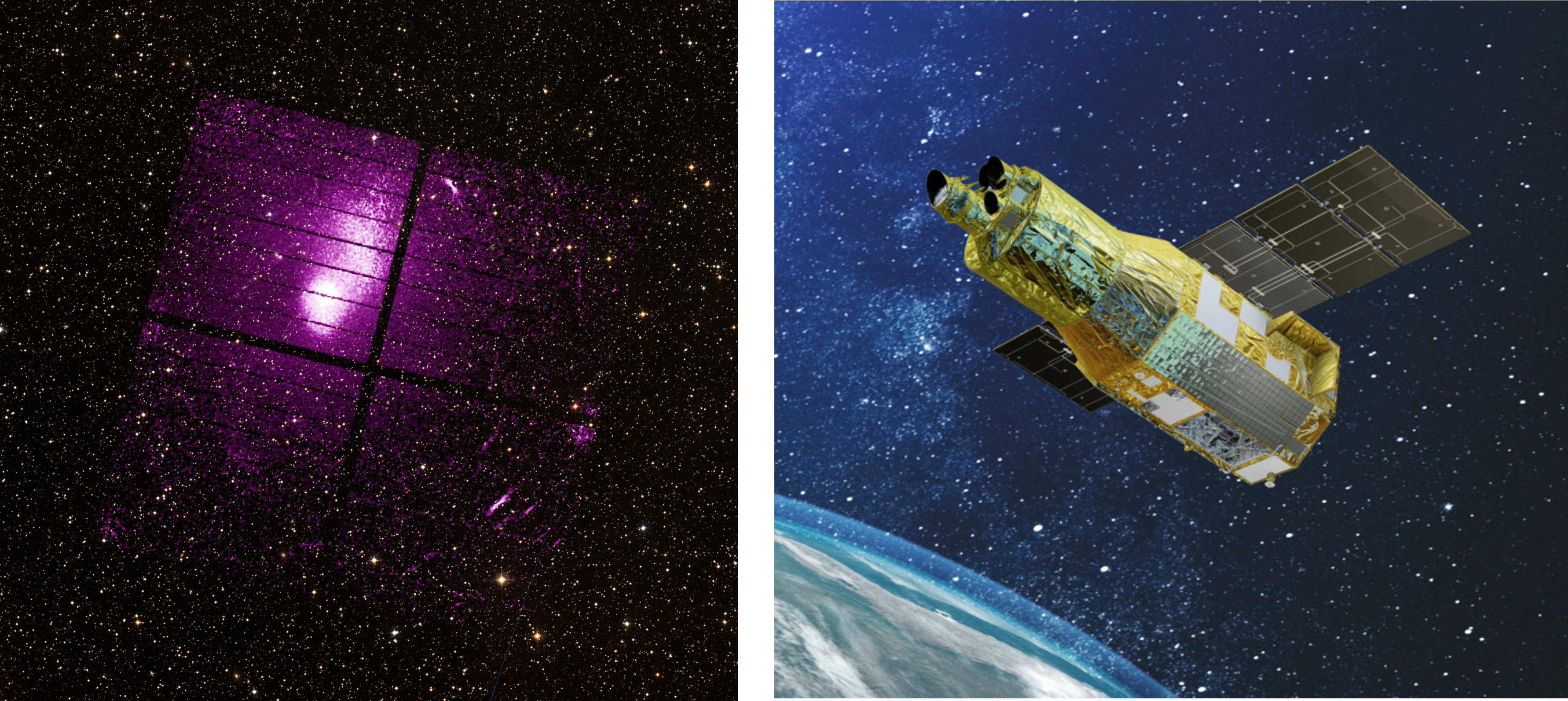
X-Ray Imaging and Spectroscopy Mission ⓒ JAXA
ART
SORA-Q
Joe Nishizawa
2022/2025
Joe Nishizawa has photographed space rockets, gigantic accelerators, steelworks, and nuclear fusion facilities. His work is based on the concept of “visualizing the invisible” by photographing imperceptible images with a microscopic transformable lunar robot called SORA-Q to document the turning point in Japanese space development. Nishizawa’s approach of constantly posing questions—such as “Is the subject useful to society?” and “Is there any reason to photograph it?”—is manifested in his work.
Cooperation: Japan Aerospace Exploration Agency (JAXA)
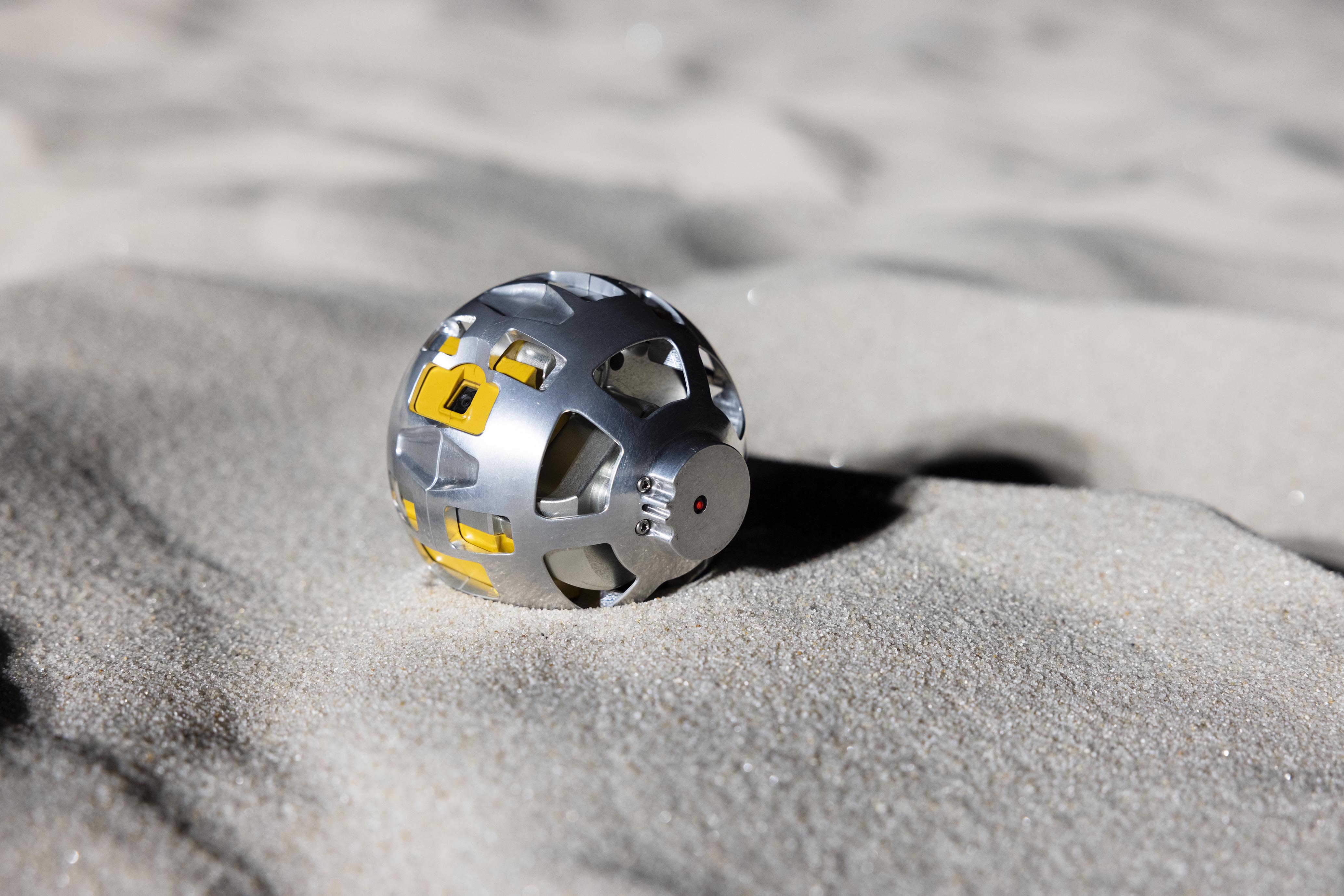
ART
ANREALAGE 2022-23AW COLLECTION
PLANET
ANREALAGE
2022
The theme of ANREALAGE’s 2022-2023 Autumn/Winter Paris Collection is “PLANET.” After shooting video footage at the Space Exploration Laboratory on JAXA’s Sagamihara Campus, the artist released the show on the Paris Collection’s digital platform. The Space Exploration Laboratory contains a space exploration field in which silica sand, designed to simulate regolith, is spread over the surface topography, and an experimental facility is used to simulate the lighting environment of the moon and planets. The field is normally used as a base for research and development on space exploration, and to conduct experiments on probes. The costumes were designed to withstand the harsh environment of space with aerogel, a material developed by NASA for space suits that provides insulation at temperatures as low -196°C, and to provide a preview of space fashion in the future.
Cooperation: Japan Aerospace Exploration Agency (JAXA)
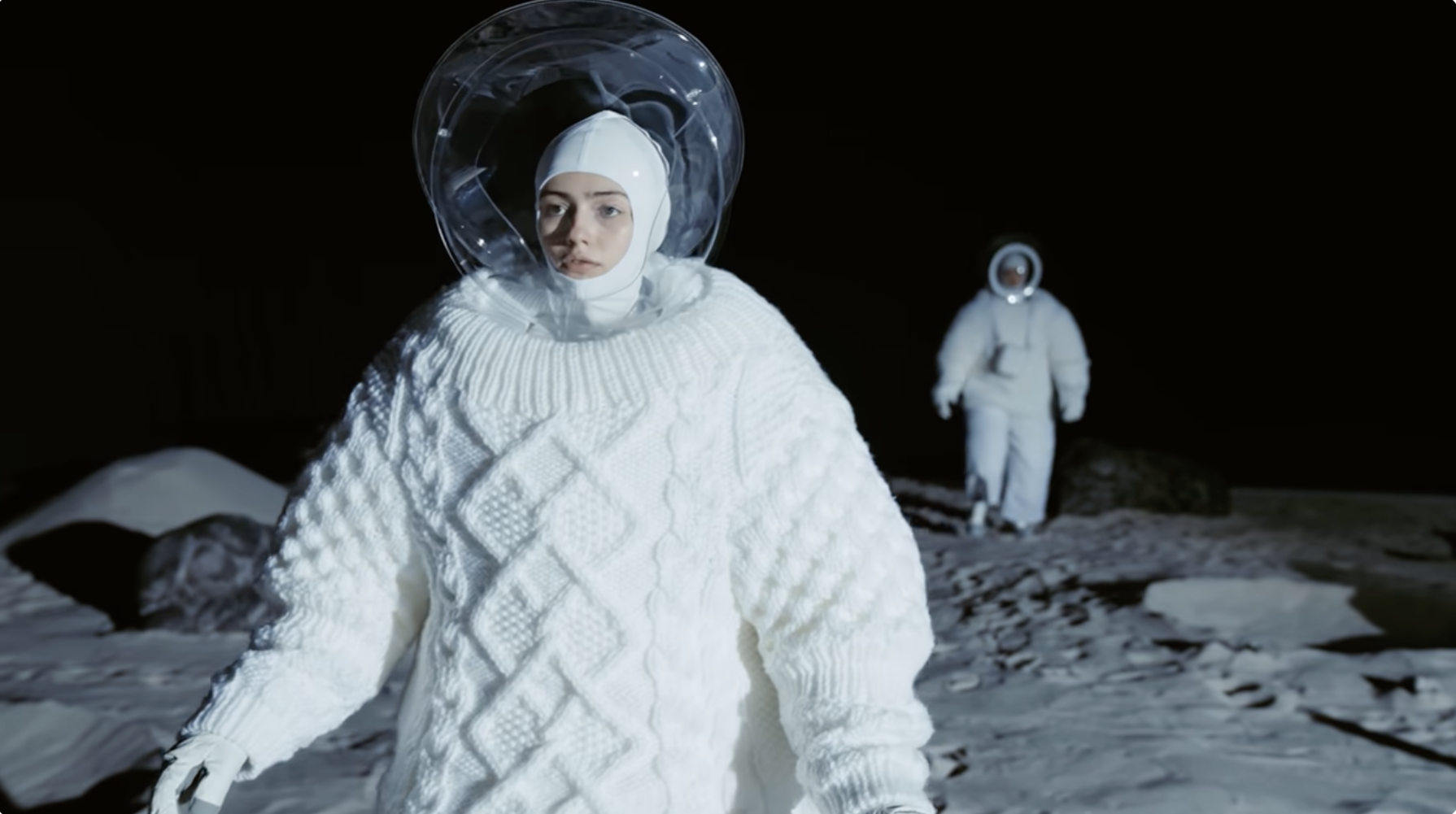
◼︎Related information:
2022-23AW COLLECTION ➡ YouTube
ART
Space Art Tanegashima
footage from 2017, 2018, 2023, 2024
The Space Art Tanegashima is an event that presents art in the unique setting of Tanegashima Island, where lush natural landscapes meet Japan’s leading space exploration hub in Kagoshima Prefecture. Preliminary events began in 2012, ahead of the first full-scale festival in 2017. In 2023, the Light Festival was launched, featuring nighttime exhibitions of light-based art and performances. The 2024 edition took place from November 1 to December 8 with the theme of “love of the unknown” with 16 leading artists from Japan and abroad presenting works in three locations: the lawn of the Tanegashima Space Center (the country’s largest rocket launch facility, located in Minamitane-cho in southern Tanegashima), the town center, and a coastal cave area.
Organizer: Space Art Tanegashima Executive Committee
Co-organizers: Minamitane Town, Minamitane Town Board of Education, Minamitane Town Chamber of Commerce, Minamitane Branch of Minamitane Town Tourism Association, Minamitane Town Settlement Promotion Executive Committee, Tanegashima University Executive Committee
Cooperation: Japan Aerospace Exploration Agency (JAXA)

From footage of the “Space Art Tanegashima LIGHT FESTIVAL 2024”
*The 2025 festival is scheduled to take place on weekends and holidays (7 days in total) from Saturday, November 8 to Monday, November 24 (a national holiday).
◼︎Related information:
Space Art Tanegashima LIGHT FESTIVAL 2024 ➡YouTube
Experiments to Recreate the Universe:Revealing the Cosmos from Earth
In recent decades, observation methods that do not rely on light or electromagnetic waves have yielded major discoveries. For example, detectors on Earth can capture infinitesimal particles from cosmic rays (ultra-high-energy radiation) traveling through space. Scientists have also observed ripples in spacetime (gravitational waves) generated by distortions in gravity in distant parts of the universe. Meanwhile, gigantic particle accelerators are used to collide particles at extremely high speeds, enabling researchers to recreate and study conditions like those in far reaches of the cosmos right here on Earth.
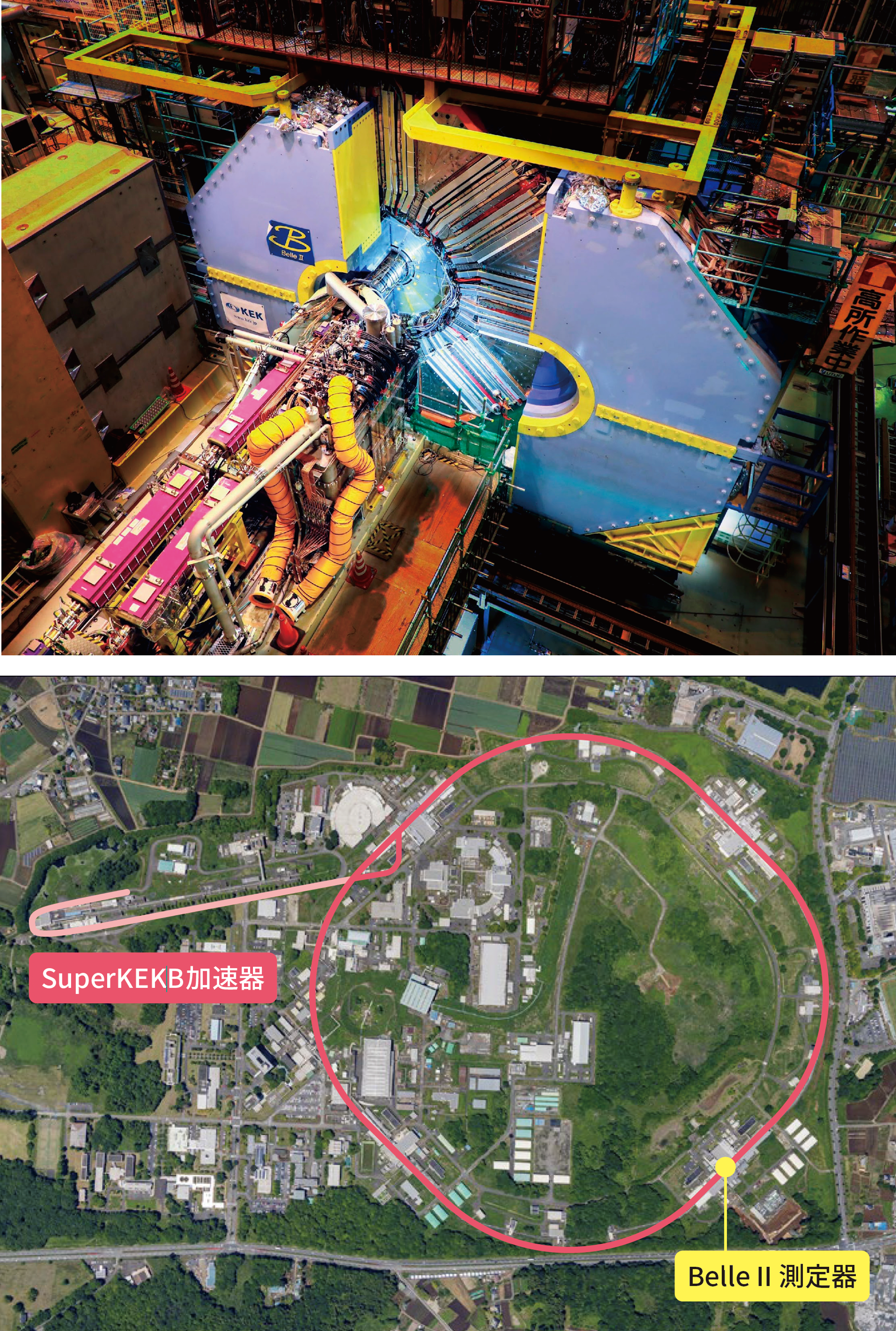
Belle II experiment at the SuperKEKB accelerator (top)
SuperKEKB is an electron-positron collider with a circumference of
approximately 3 km (bottom) ⓒ KEK
ART
KEK Reinterpretation Model Group
Junya Kataoka + Rie Iwatake
2025
This work was produced during a one-month residency at the High Energy Accelerator Research Organization (KEK) by two artists who collaborate as a unit, both in Japan and internationally. During their stay, they interviewed 28 researchers and toured 14 facilities. Iwatake focused on how complex phenomena such as string theory and fluid mechanics are expressed in two-dimensional diagrams, exploring underlying modes of thought and visualization. Kataoka produced works based on Fleming’s left-hand rule, applied in high-energy accelerators, as well as the Misinterpretation Models series, which reimagines the relationships between waves, particles, and forces. Their approach dissolves the line between art and science, and between seeing and being seen, treating these as fluid, interpenetrating relationships. Drawing on the Japanese tradition of “mitate(seeing one thing as another)”, the artists cause these domains to layer and intersect, allowing new and unexpected dimensions of meaning and expression to emerge.
*Created as part of the Artist-in-Residence program at the High Energy Accelerator Research Organization (KEK) and the Tsukuba Science Hackathon 2025, hosted by Tsukuba City, Ibaraki Prefecture.
Cooperation: High Energy Accelerator Research Organization (KEK), Tsukuba City, Ibaraki Prefecture
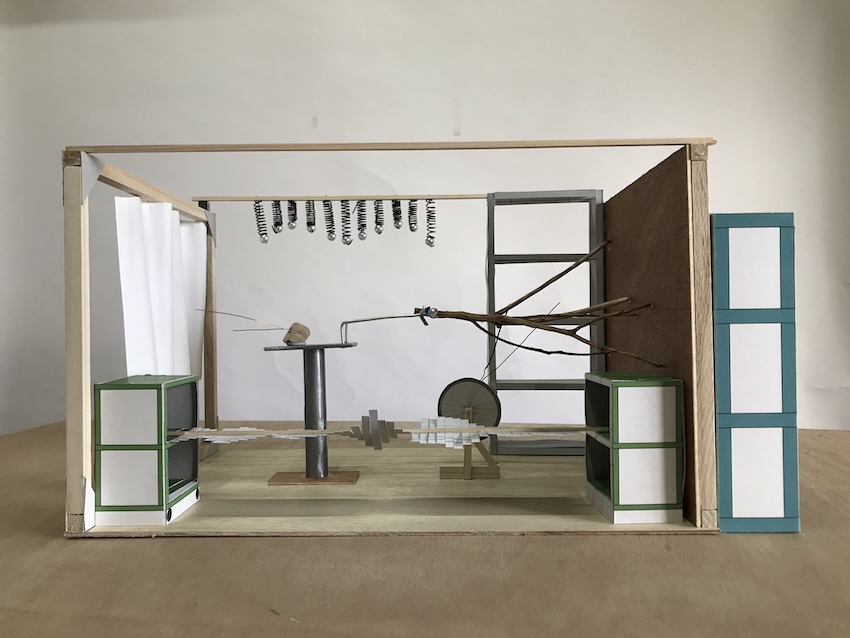
Maquette for KEK Reinterpretation Model Group
Related information
◼︎「KEK Artist-in-Residence KEK × ART →?」 ➡︎KEK website
ART
Each of us is made of particles /
In Pursuit of the World’sBest Accelerator
Ken Yokoi
2006
In this work, our viewpoints become tiny elementary particles, and are sucked into the KEKB particle accelerator, located underground at the High Energy Accelerator Research Organization (KEK) at the foot of Mount Tsukuba. Inside the ring-shaped tunnel, elementary particles emerge that are born when electrons and atomic nuclei are accelerated to nearly the speed of light and collide head-on. Meanwhile, an animated presentation, Each of Us Is Made of Particles*, depicts the essence of mysterious elementary particles and the laws of nature in everyday scenes.
*Until January 2025, this work was displayed as “The Study of Elementary Particles and the Universe with a Particle Accelerator,” one section of Exploring the Frontiers, a permanent exhibition at the Miraikan (5F).
Video Courtesy of Miraikan - The National Museum of Emerging Science and Innovation
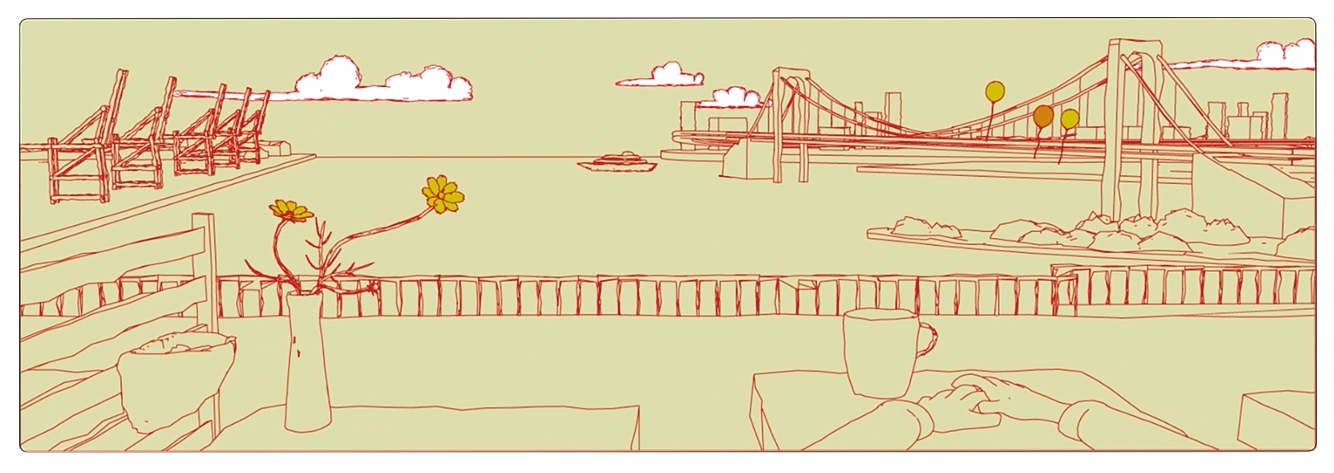
Cosmology: Exploring the Mysteries of the Unobservable Univers
Research of the universe is based on three approaches: observation, theory, and experimentation. To more accurately comprehend nature, it is essential to compare and complement the results of each approach. For example, theoretical physicists use mathematical equations to envision the structure of the universe while striving for confirmation through observation and experimentation, and continuing to explore new horizons. As they are engaged in cutting-edge research, these physicists must also grapple with the contradictions between quantum mechanics and the theory of relativity, which lie at the heart of modern physics.
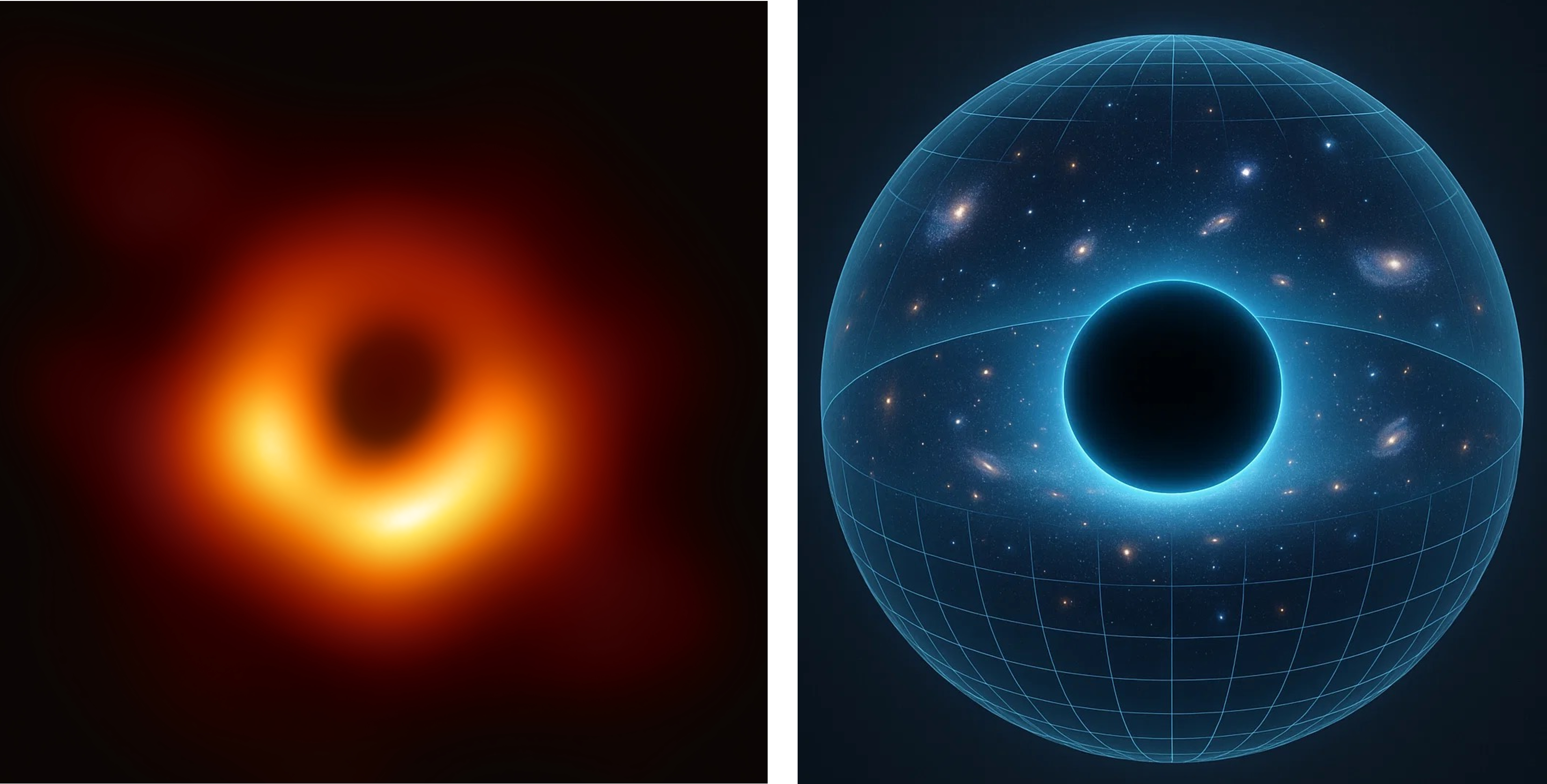
The black hole that was announced to have been photographed
for the first time in history in 2019 ⓒ EHT Collaboration (left)
Image of the holographic principle based on black holes and superstring theory (right)
ART
Universal Times
Hiroyuki Moriwaki
2025
kinetic art
Albert Einstein’s theory of relativity proposed that there is no absolute yardstick for space or time, sweeping away long-held assumptions and opening the door to completely new ways of thinking and assigning value to the world. Universal Times is a work that uses wall clocks to visually explore distorted time axes and the concept of time as a relative phenomenon. As you look closely, consider the meaning of the title and how time might be understood as not fixed but fluid.
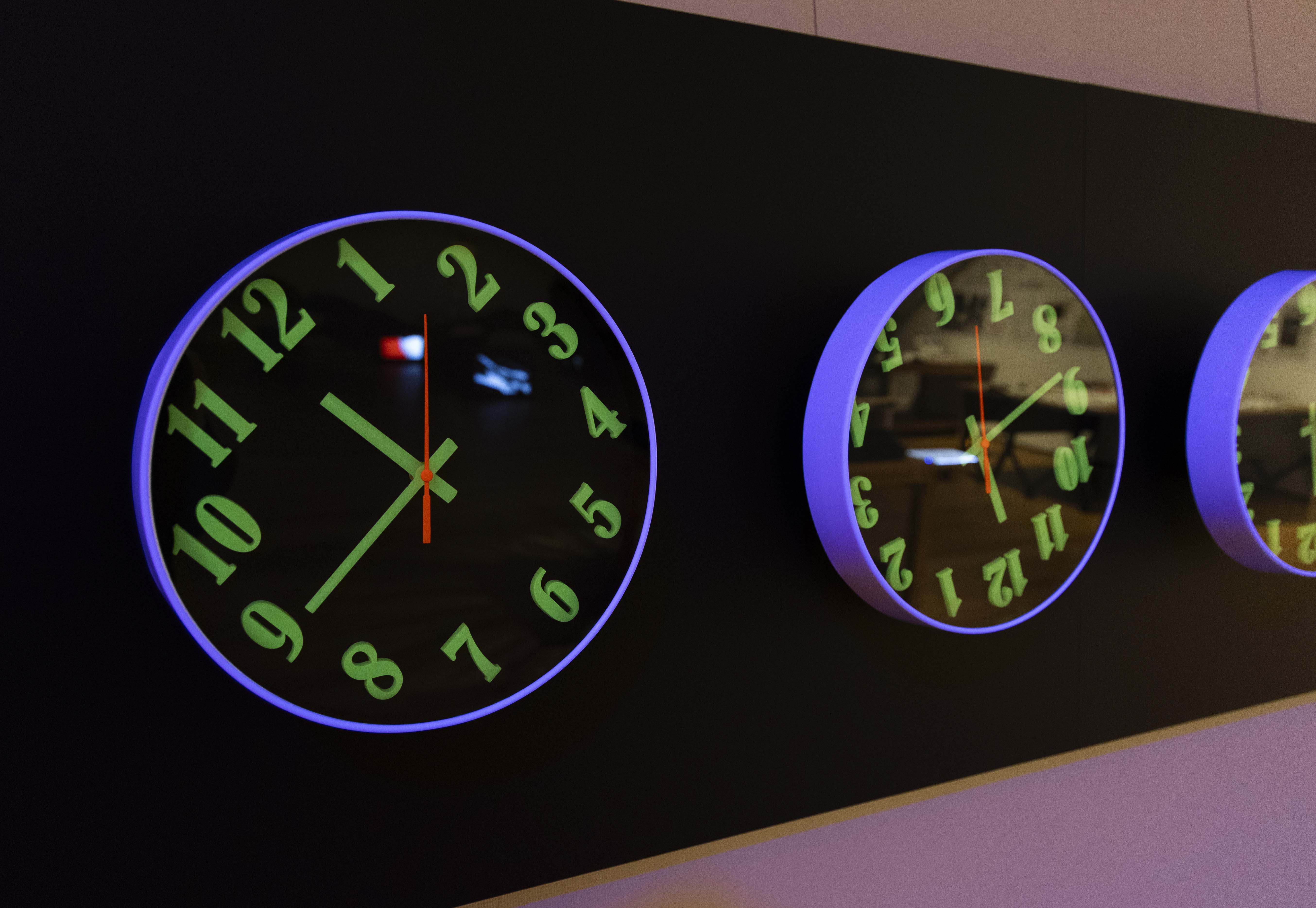
ART
Black Hole Recorder
Useless Prototyping Studio
2021
ABS resin, oak, aluminum, rectifier tube, LED, electronic components
Black Hole Recorder is a fictional design product: a gramophone-shaped information storage device equipped with a miniature artificial black hole. The result of fictional black hole engineering, the device captures sound through a horn inspired by the warped spacetime of a black hole, and imagines the capacity to store approximately 10 to the power of 52 gigabytes of data.
Drawing on the black hole information paradox in quantum physics, the work invites us to imagine a future in which our voices might one day be preserved within a real black hole somewhere in the distant universe.
Note: This work was inspired by a research paper proposing that information swallowed by a quantum black hole would eventually be released as the black hole evaporates. While on display, the device is constantly recording and capturing all of the surrounding sounds as information.
Production: RIKEN Center for Interdisciplinary Theoretical and Mathematical Sciences (iTHEMS), ADK Marketing Solutions Inc., ADK Creative One Inc., Tailor Innovations Inc.

*Artworks with the Universe theme can also be viewed in the Art Gallery corner.
